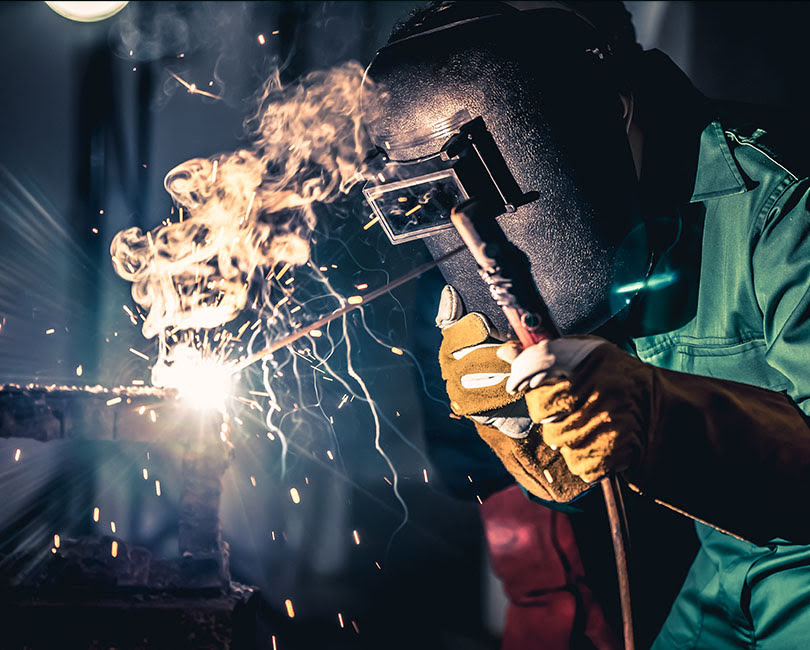Innovation Pay Day: The R&D Tax Credit

The manufacturing industry is in a time of transformation. This transformation had begun before the COVID-19 disruption in 2020 and 2021, and now, as we find ourselves beyond the pandemic, the need and desire for change has only intensified. Today more than ever before, companies are creating, innovating, and seeking new ways to ensure success and be best positioned for the future. Not surprisingly, the manufacturing industry finds itself on the front lines of this increasing appreciation for embracing and adapting to change quickly.
R&D as a Cash Flow Booster
There are many pros to incorporating change and innovation into your company culture. One of these is taking advantage of the Research and Development Tax Credit (R&D Tax Credit). Leveraging this tax credit, companies can reap cash rewards from qualified research and development activities like developing new or improved products or improving the efficiency of their processes. An example would be a company that integrates bots and machine learning to increase productivity, reliability, quality, and durability.
While innovation before COVID-19 was alive and well for many manufacturers, the pandemic created a greater sense of urgency and fast-tracked research and development for many companies. One contributing factor was the call for the U.S. to become much less dependent on foreign producers. These market demands have pushed manufacturers to rapidly develop new products and processes. Additionally, stimulus initiatives to support small and mid-size businesses, including manufacturers, have accelerated innovation, and we believe there may be more incentives.
When activities qualify for the R&D Tax Credit, it generates cash that may be reinvested into your ongoing operations. And, a real bonus is that the R&D Tax Credit offers a lookback period of three years. A lookback period allows manufacturers to capture more recent activities and pre-pandemic qualified expenditures (perhaps in response to COVID-19).
Talent & Innovation Meet in the Middle
Like many industries, manufacturing has been experiencing a workforce shortage. This talent challenge forces manufacturers to explore alternative solutions that streamline processes, including the integration of automation. Companies are exploring progressive technologies and digitally transforming processes to increase productivity and quality control without relying on a large workforce. This translates into the performance of significant research and development to establish collaborative work environments where skilled operators and automated processes co-exist.
At Stambaugh Ness, we’re closely monitoring these significant technological shifts that have an enormous impact on core manufacturing operations for research and development credit potential. Manufacturers that are streamlining their processes by integrating robotics, data analytics, artificial intelligence, and/or 3-D printing are prime candidates for qualifying activities and recouping the most from the R&D Tax Credit.
What Are Qualifying Activities?
There are many ways that a company can qualify for the R&D Tax Credit, but the first step is to identify qualifying activities, including:
- Programming by line operators
- Additions of plug-and-play peripherals
- Integration of robotics
- Incorporation of real-time data analytics to evaluate operational data
- Use of new technology for the training of employees with digital platforms
- Development of applications that guide operators through daily job performance to recognize success and opportunities for improvement
- Identification of problems and creation of solutions utilizing a combination of technologies
- Machine learning to provide feedback and improve designs and solutions to manufacturing problems
- Artificial intelligence for quality assurance to check and identify product defects
- Improvement of energy efficiencies to decrease emissions and environmental impact
Next Steps
If you are interested in learning more about how to leverage innovation with the R&D Tax Credit, including determining the types of activities, calculating the credit, and how your company can benefit, watch this webinar, R&D Tax Credit for Manufacturers.



